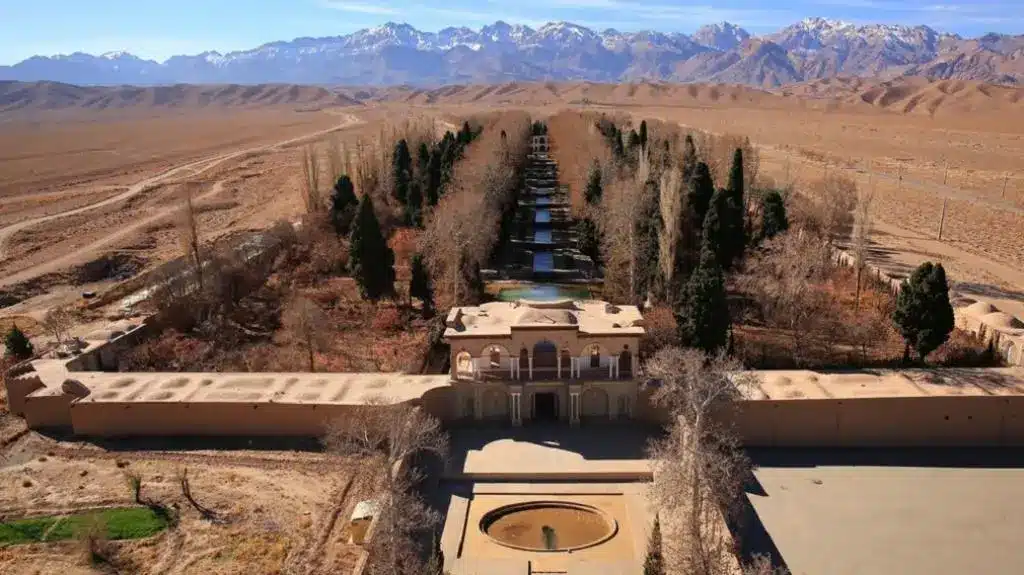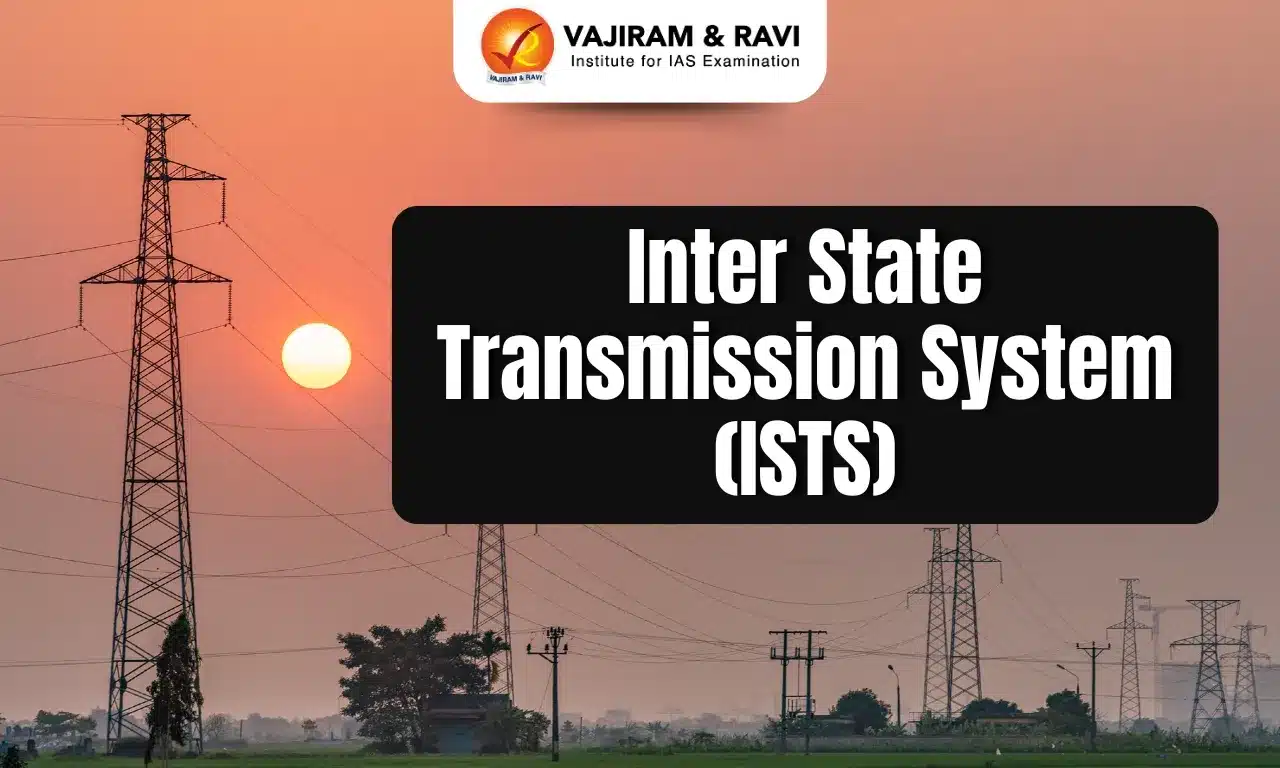About Qanat system
- It is an ancient type of water-supply system, developed and still used in arid regions of the world.
- It taps underground mountain water sources trapped in and beneath the upper reaches of alluvial fans and channels the water downhill through a series of gently sloping tunnels.
- The qanats have been used for centuries in arid and semi-arid parts of north Africa, the Middle East and Asia, where water supplies are limited.
- It’s known by a variety of names, “foggara” in north Africa, “falaj” in Oman and “qarez” in parts of Asia.
- Many old qanāts are still used in Iran and Afghanistan, chiefly for irrigation.
- It’s a system that’s managed by everyone and its benefits are shared.
- Some of the region’s qanat systems, like those in Iran, are protected under heritage status.
- Significance of the system
- The qanat is sustainable as it works with gravity and no electricity is needed. It can even be used to create clean energy.
- Water lost to evaporation is minimal in comparison to surface water supplies.
- It can have a wide scale impact. Qanats are multiple kilometres long and once this water hits a floodplain, it can irrigate multiple hectares of land.
- It fosters social cohesion. Many people, with different skills, are involved in maintaining the system.
- The lifespan of the system extends beyond that of a deep water well, which is only about 20 years. Tunnels do not clog as easily as wells.
- The quality of water coming from the mountains is much better than water on the plains. It’ll have lower salinity and be better for crops and people.
Q1) What is Evaporation?
It is the process that changes liquid water to gaseous water (water vapor). Water moves from the Earth’s surface to the atmosphere via evaporation. Evaporation occurs when energy (heat) forces the bonds that hold water molecules together to break.
Source: An ancient system that could bring water to dry areas
Last updated on July, 2025
→ UPSC Notification 2025 was released on 22nd January 2025.
→ UPSC Prelims Result 2025 is out now for the CSE held on 25 May 2025.
→ UPSC Prelims Question Paper 2025 and Unofficial Prelims Answer Key 2025 are available now.
→ UPSC Calendar 2026 is released on 15th May, 2025.
→ The UPSC Vacancy 2025 were released 1129, out of which 979 were for UPSC CSE and remaining 150 are for UPSC IFoS.
→ UPSC Mains 2025 will be conducted on 22nd August 2025.
→ UPSC Prelims 2026 will be conducted on 24th May, 2026 & UPSC Mains 2026 will be conducted on 21st August 2026.
→ The UPSC Selection Process is of 3 stages-Prelims, Mains and Interview.
→ UPSC Result 2024 is released with latest UPSC Marksheet 2024. Check Now!
→ UPSC Toppers List 2024 is released now. Shakti Dubey is UPSC AIR 1 2024 Topper.
→ Also check Best IAS Coaching in Delhi















